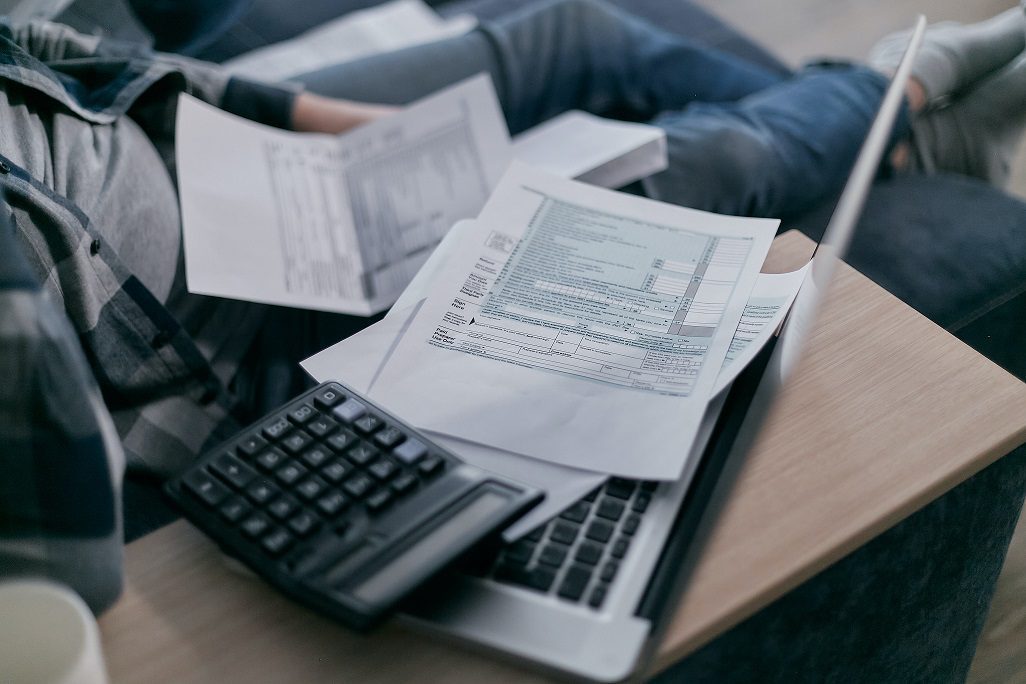Whenever you start a business, it’s easy enough to assume that people will bend over backwards to pay you. However, you’ll need to take the reins of invoicing for yourself, or via accountant. However, don’t worry as running an invoice or two is often less difficult than it may seem.
What is an invoice?
An invoice is the bill that you will be sending to your customer. It has all the information regarding the products or services that you have supplied for them.
Every business needs to send out invoices in order to keep track of the work that they are doing, the payments that they are receiving, and are essential for their tax and accounting needs. Moreover, they are also good ways of letting your clients know exactly what they are paying for.
Your invoice will be part of your business’ image and therefore needs to look professional, serve its purpose, and be easy for you and your client to keep track of.
Nowadays, it is easy to download invoice templates for you to follow and adapt to your own business. However, there are a few key things that you will need to know and things that you should not forget to have a clear and concise invoice.
Professionalism is key
You need your invoice to be distinctive. It should show your client as soon as they open it that it is your business. The best and most common way of doing that is by placing your brand’s logo on the invoice.
You can place it anywhere you want. However, to help your client recognise it quickly, it’s best to put the logo at the top.
You can use coloured bands or strips on the invoice that match the colours of your business. Adding sections in colour will make it easier for your clients to read, more interesting to look at, and will further that or those specific colour(s) being representative of your brand.
You should also mark your company on the invoice by adding in your business address, the business phone numbers, the contact e-mails, your social media handles, and anything else that will help your client identify and contact you if need be.
The next thing that you will want to consider is the font. Even if a specific font better represents your business, no one wants to read an invoice in Papyrus. To remain professional, it is better to use a standard font that is easy to read and not too stylised.
Finally, you should also clearly state somewhere on the document that it is indeed an invoice!
Personalise each invoice to the client
You can and should have a standard invoice template; however, each invoice should be unique to the client. This means addressing the invoice to the client by using their first name and surname as the addressee. Add in any other information about them, including their address, e-mail address, phone number, and mobile phone number.
Multiple invoicing and cash flow programs can help you store and pull contact information easily for each bill.
Lay out your terms
In order for the payment to be made in due time, proving a payment date for your client is essential. Without a specific date requirement, your client could easily forget that the payment is due or push it back to a time far in the future until it best suits them.
Of course, you should be as lenient as possible regarding the payment date, and a first invoice should allow your client the necessary time to get the money together and make a successful transfer. However, that does not mean that you should necessarily allow them an infinite amount of time, which could cause significant problems for your accounting and your cash flow.
If it is a relatively large sum that you are asking for, then it could be helpful to your customer to provide them with the option of paying it in multiple smaller payments. This is entirely up to you, but it could mean that the money comes in sooner rather than later, which will undoubtedly benefit your business more.
The next thing that you should make clear on the invoice is your preferred payment method and how to do it. It’s all well and good telling your client the amount of money that they owe you, but unless you provide a detailed description of how they can send it, then they will have trouble getting it to you!
It is up to you to tell them if you prefer a cheque (and where they should send it), a bank transfer (with sort code and account number), an online payment (PayPal or Stripe, for example), a phone payment (with the relevant phone number), etc.
You should also include details of your late payment policy. You may have a late payment term that provides for late fees or otherwise. You should make your client aware of the consequences of the late fees on the invoice. It will also be beneficial for you to have it written down on a document that both you and your client have, just in case you need proof that they were aware of the situation.
You should also include the date that you sent the invoice on it so that you can keep track of when it was sent, when it should have been received, and where to find it in your accounts.
Clearly detail what clients are paying for
In order for your clients to completely understand what exactly they are paying for. To help you better keep your accounts, it is essential to detail on the invoice what products or services you have provided. It could be that you have provided multiple products and/or services and will therefore need to write each of them down with their full details. This will also help you, and your client to better understand the tax element on each of the products or services.
Once you have listed all the products/services, you should then list each of their prices to one side. A good way of displaying all of this neatly is to do it in a table. In the first column, you should put the products with all their relevant details. In the second column should be their respective prices, and in the third column, any extra details if you need them.
Below, in a final column, should be the total price of the cumulation of all products and/or services. A helpful thing to do would be to also add, either next to the price, above or below it, the price that will be paid in tax on the money. This will be beneficial to both you and your clients and will ultimately make your accounting a lot easier.
Finally, along with the product details, you should also note the specific dates of the order of the product or the date on which the service was provided.
Sending your invoices
Now, it’s time to send the invoice. Nowadays, the easiest and most common way of sending invoices is via email. It’s the cheapest, fastest, and surest way of sending bills. Most people check their emails every day or at least every other day and will therefore come across it quite quickly.
If you do have the option for them to pay the bill online, then putting the link to your website in the email also makes it far easier and quicker for them to pay it.
Is an invoice the same thing as a receipt?
No, invoices do not serve the same purpose as receipts.
An invoice is a document stating what product or service has been provided to a specific customer with the amount due, the date of the order/work, and the tax amount. It is also an accounting document that will serve the business as an official document.
On the other hand, a receipt is a document that is sent or given to a customer once their bill has been paid as proof of the transaction.
Many businesses will send a receipt via email, post, message to their clients, although some choose to provide a reference number for the client to keep, which they can use to prove that the payment was made. Essentially, the invoice comes before the receipt.
Conclusion
Invoices are key documents for any business to send out and should be kept responsibly. A clear and professional invoice can make the difference between your business getting paid on time and in full or not.
An invoice should be detailed, concise, professional, and unique to the person who receives it. This document will serve you as an accounting tool and serve your client to better understand the amount that they need to pay for the goods they have ordered and help them pay it easily!














